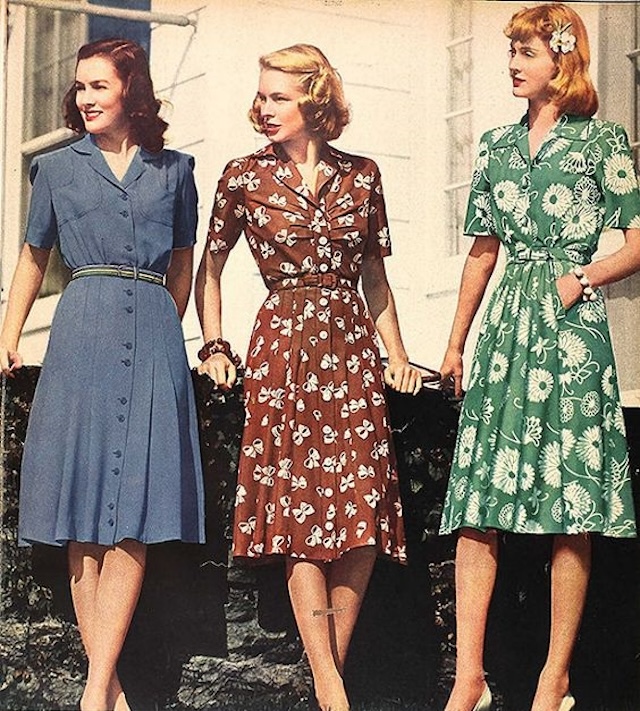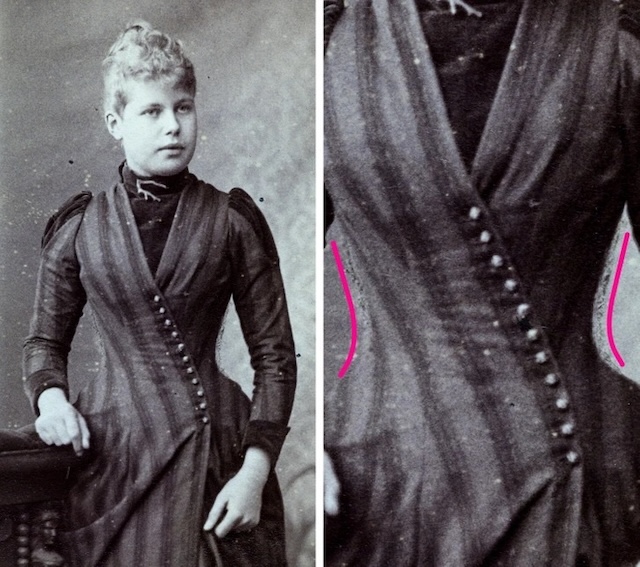Step back in time to the 1970s, an era where platform shoes reigned supreme. Learn about their historical origins, their peak in the 70s, and their cultural significance. Are you ready to relive the fashion of a bygone era?
Introduction
When you think of iconic 1970s fashion, platform shoes inevitably come to mind. These shoes, with their elevated soles and bold designs, were more than just a fashion statement; they were a cultural phenomenon. Though the style has been around for centuries, platform shoes are inexorably linked with the 70s. Let’s dive into the history and cultural impact of these iconic shoes.
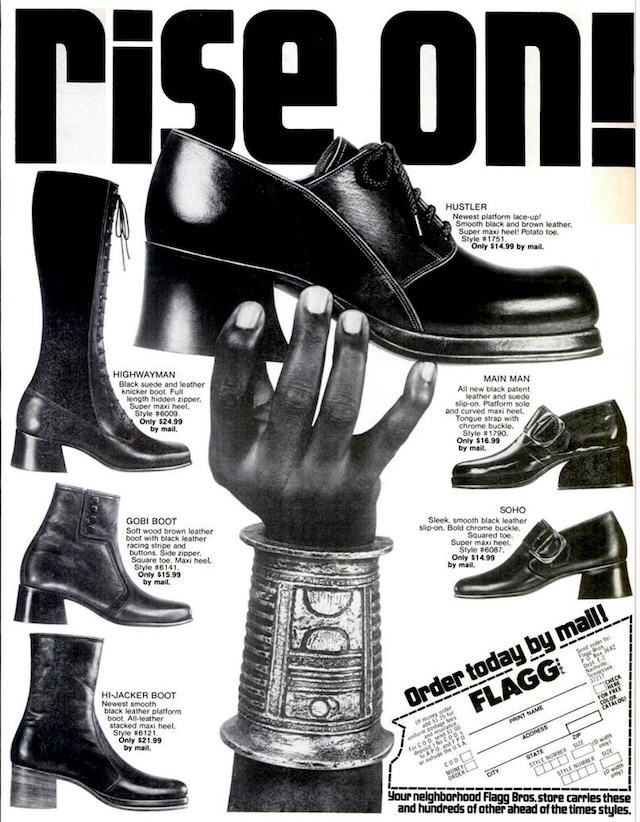
The Historical Significance of Platform Shoes
Platform shoes have a long and storied history. Greek actors used them to elevate important characters on stage, and in the Middle Ages, they served a practical purpose – keeping feet dry. The first modern platform shoe made its debut in the early 1930s, famously worn by Marlene Dietrich. While they gained some popularity among Beverly Hills elites, they didn’t become mainstream until much later.

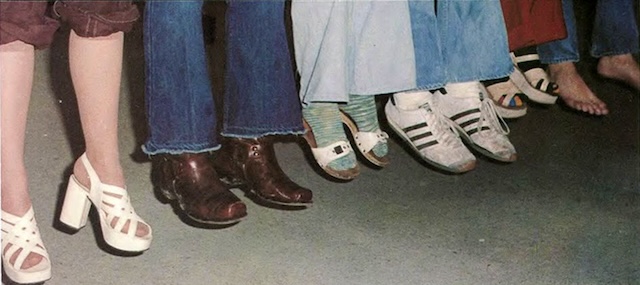
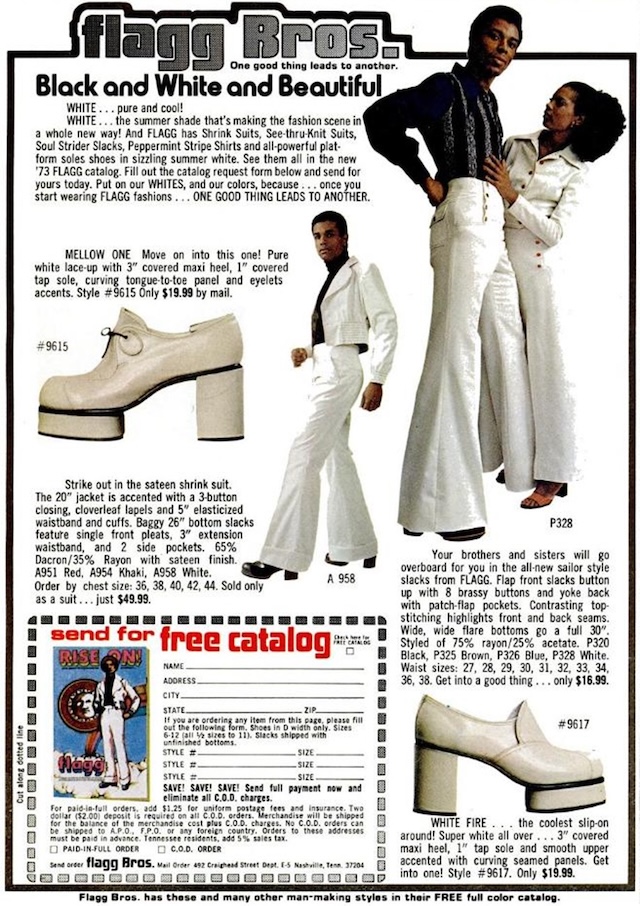
The Birth of Modern Platform Shoes in the 1930s
The platform sandal, known as “The Rainbow,” came into existence in 1938. Created by Salvatore Ferragamo in honor of Judy Garland and her song “Over the Rainbow” from The Wizard of Oz, these sandals were born out of necessity. Wartime rationing led Ferragamo to use wood and cork for the sole, giving birth to a unique and enduring design.
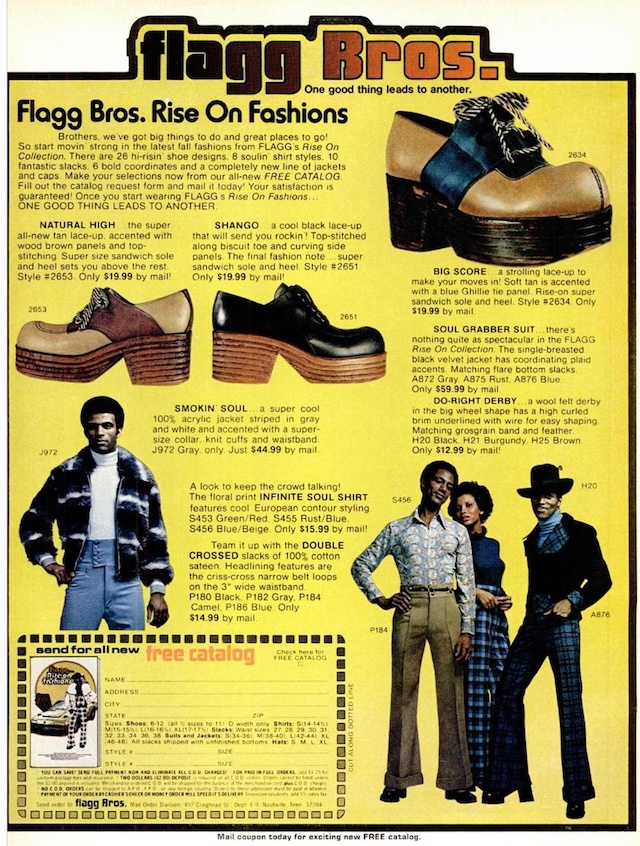
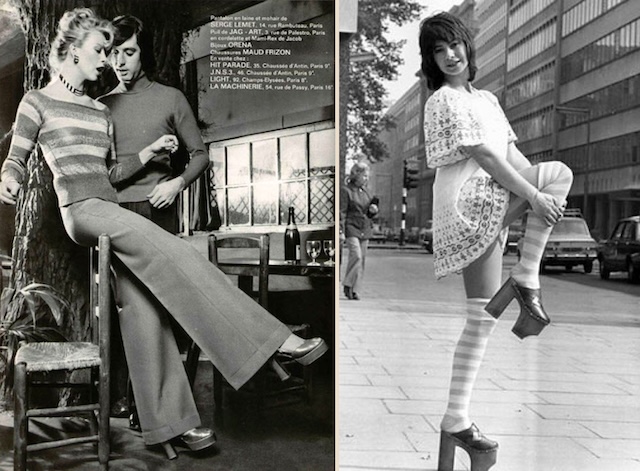
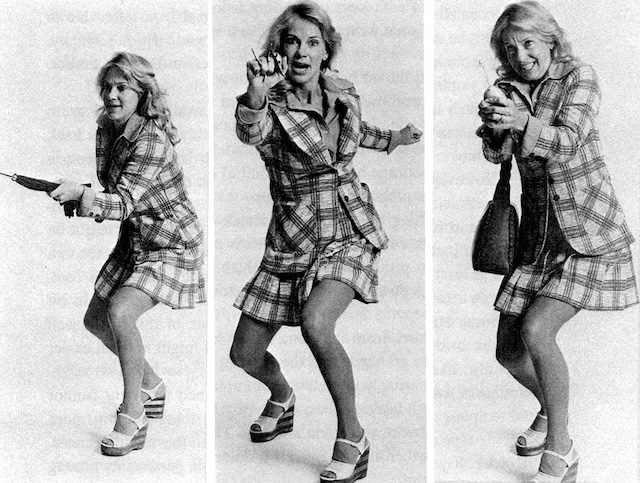
The 1970s: A Decade of Experimentation and Platform Shoes
The platform shoe essentially disappeared during the 1950s, only to make a dramatic comeback at the end of the 1960s. This was a time of experimentation, with traditional and conservative styles being replaced by anything that pushed the envelope.
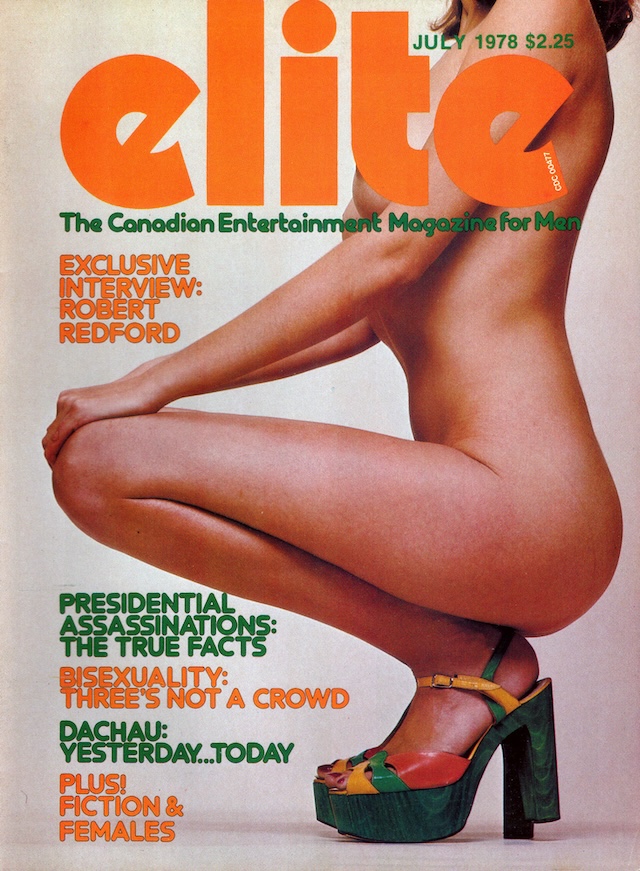
Platforms were featured in teen magazines, and by the 1970s, they were all the rage. Musicians like KISS took platform shoes to new heights, while more moderate versions became everyday wear for millions, perfectly complementing bell-bottoms.

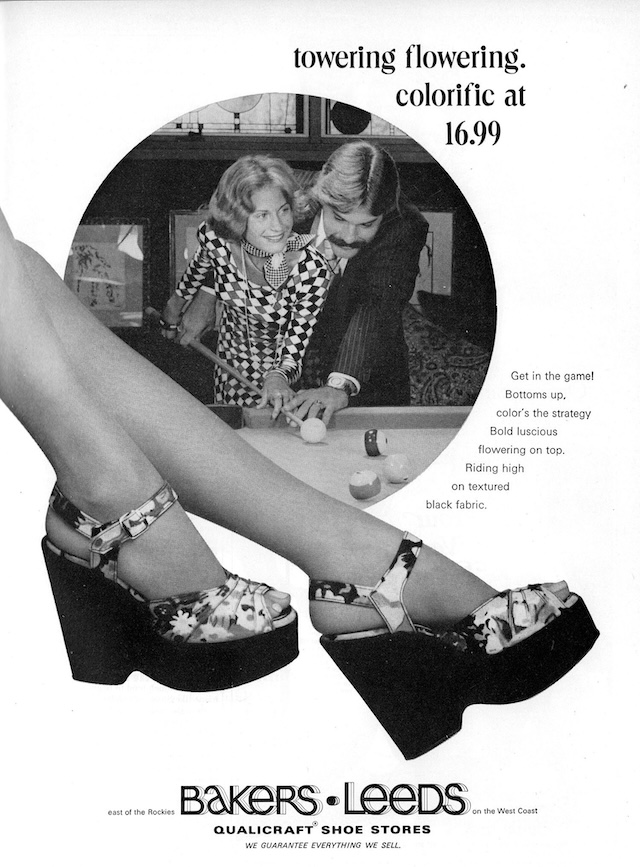
Platform Shoes and Their Cultural Impact in the 1970s
The platform shoes were not just a fashion statement; they were embraced by various cultures. In the 1970s, platform shoes were particularly popular in black culture. Extreme heights might be negatively labeled “pimp wear” today, but back then, they were “the look” for urban African Americans. Platforms were also a common sight in high schools, where they were a staple of teenage fashion.
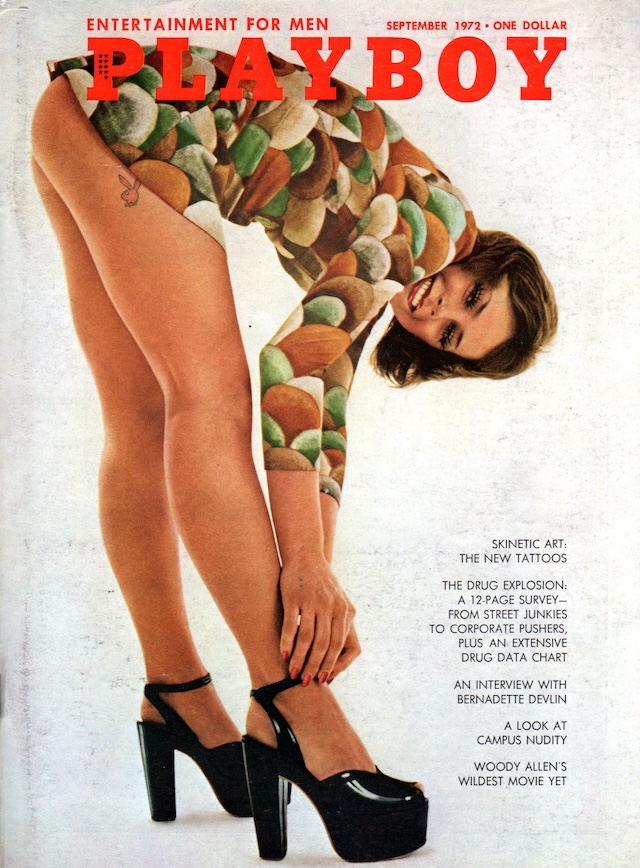
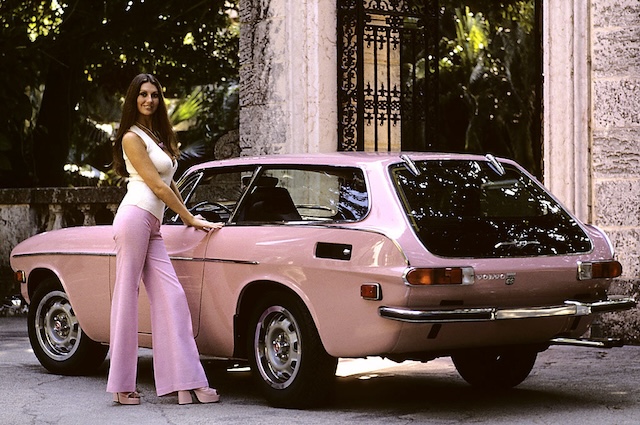
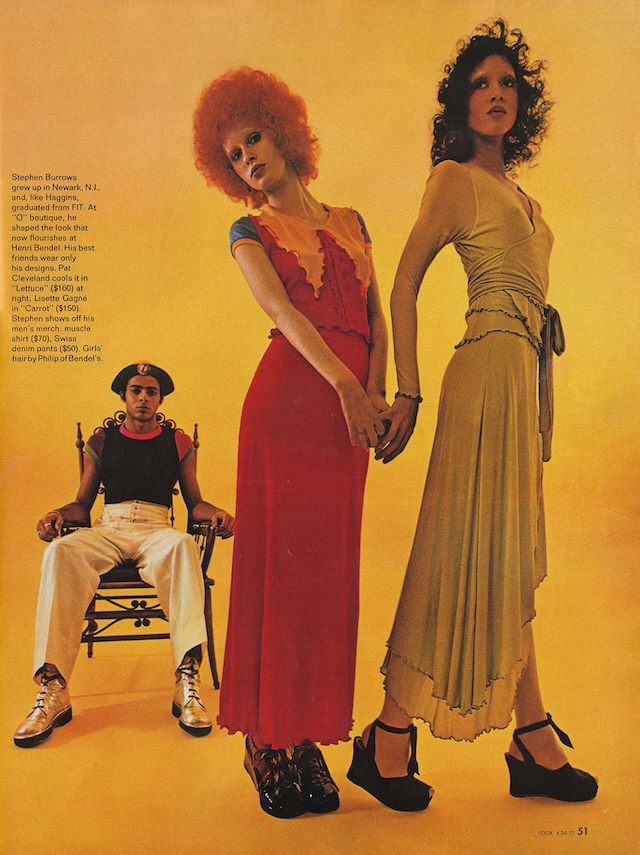
Practicality and Fashion: Platforms with Bell-Bottoms
Platforms were the perfect complement to ultra-wide bell-bottoms, keeping cuffs from dragging on the ground. The key to bell-bottoms was that they had to extend to the bottom of your shoe, or they looked ridiculous flapping around your ankle. Platforms provided the perfect solution, combining practicality with fashion.
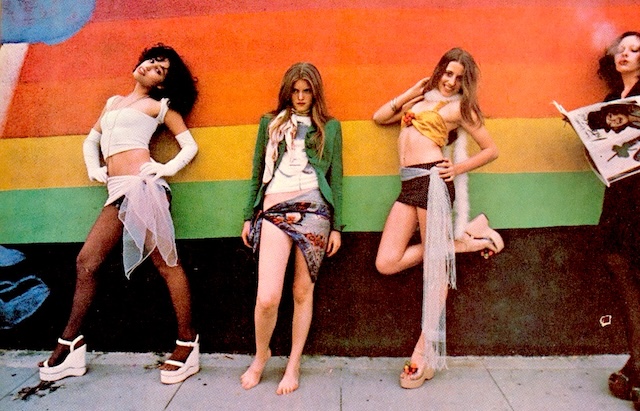
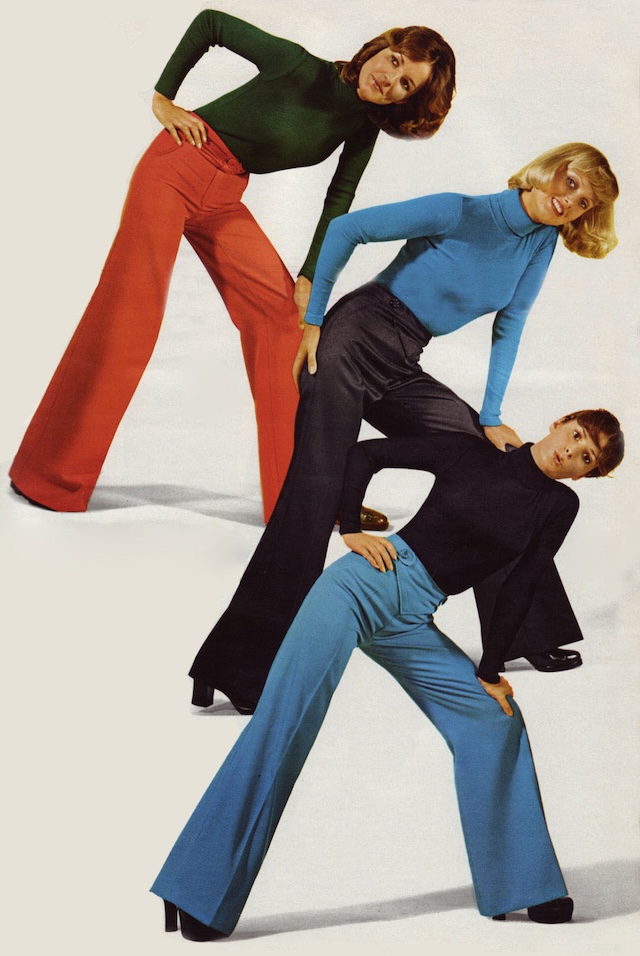
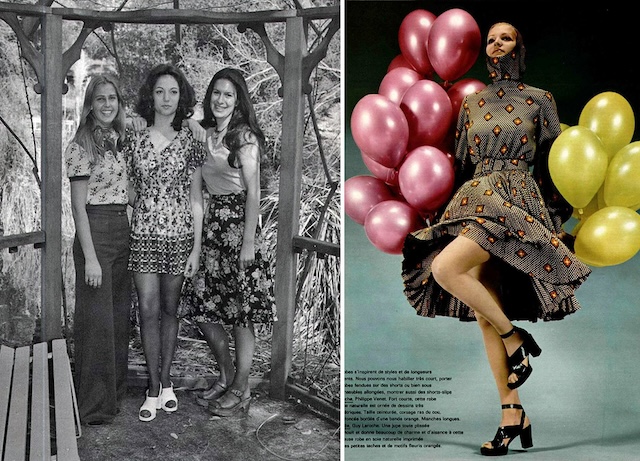
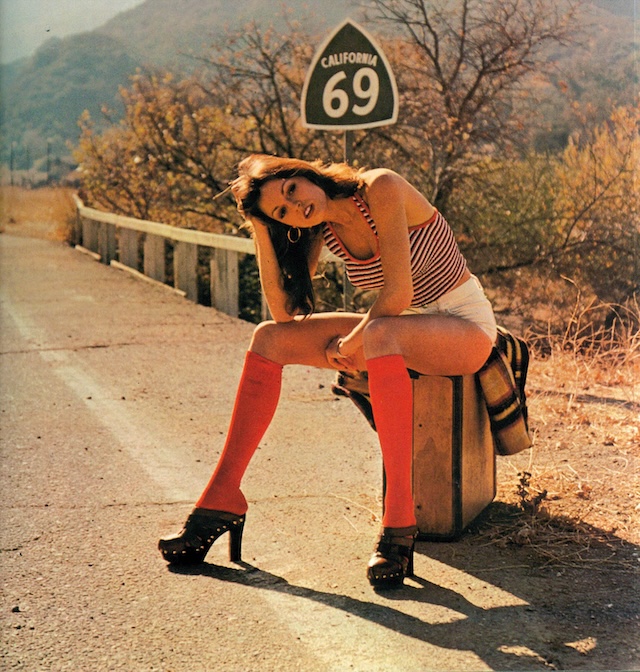

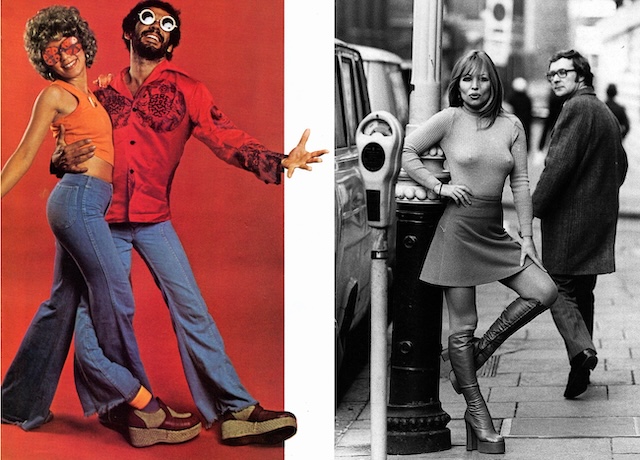
The Decline and Occasional Revival of Platform Shoes Post-1980s
The popularity of platform shoes lasted through the early 1980s before they fell off the fashion radar. Since then, platforms have made occasional comebacks but have never quite reached their former glory. Despite their decline, platforms remain a nostalgic symbol of the 1970s, a tribute to an era defined by bold fashion choices.
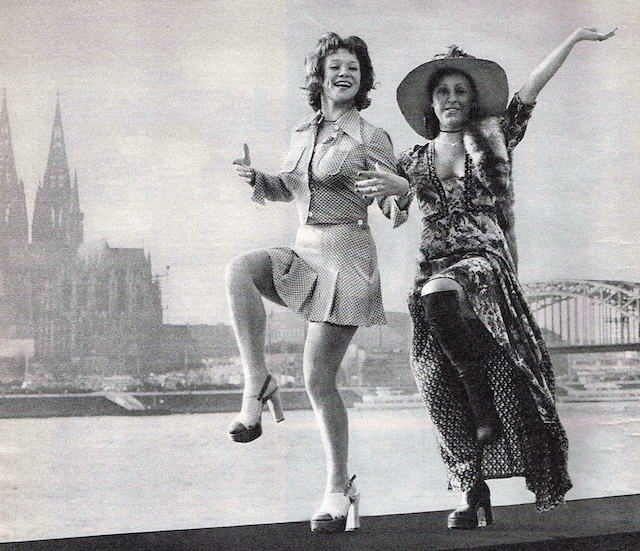
Platform shoes were more than just a trend; they were a cultural icon of the 1970s. From their historical roots to their peak in the 70s, platforms have left an indelible mark on fashion history. Whether you’re a fan of their bold style or appreciate their practicality, there’s no denying the impact of platform shoes. So, take a step back in time and relive the fashion of a bygone era with these iconic shoes.

